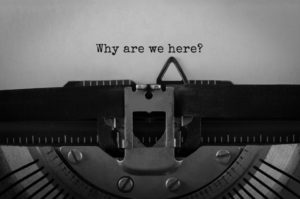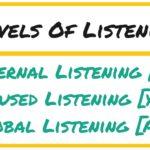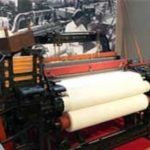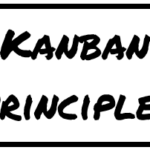
Many product teams fall into the trap of fixating on the work they need to do and forgetting about the impact their work is supposed to have. When that happens, the work often doesn’t produce the desired result. When you work as part of a product team, five questions can help you to avoid this trap by re-focusing on the customer problem you are trying to solve – and why.













